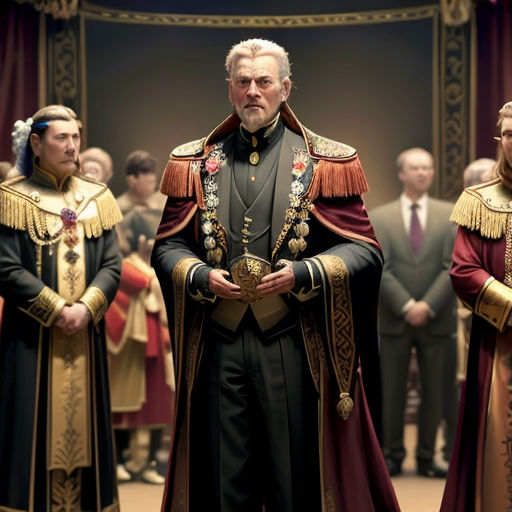
The Emperor's New Clothes
By SARA

23 Jan, 2024
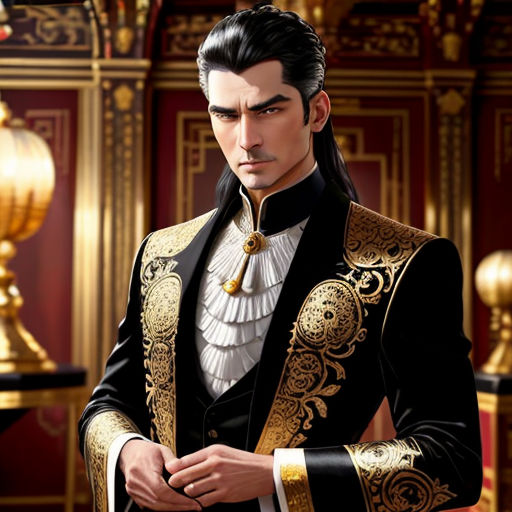
Once upon a time, in a kingdom far, far away, lived a vain and pompous emperor who loved nothing more than his opulent wardrobe. He was always in search of the latest trends and the most exotic fabrics to adorn himself.
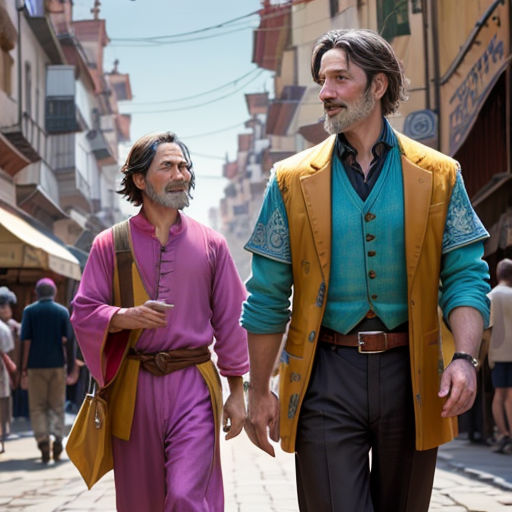
One day, two cunning tailors arrived in the kingdom, promising to weave an extraordinary garment that could only be seen by the wise and competent. The foolish and unfit, they claimed, would see nothing at all.
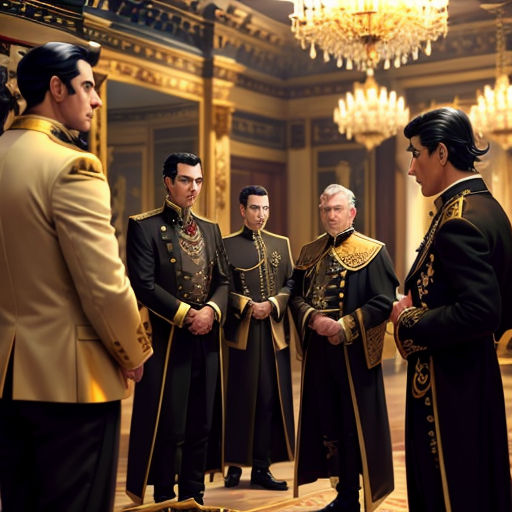
Intrigued by this unusual proposition, the emperor decided to commission these tailors to create a new set of clothes for him. He thought it would be an excellent way to distinguish the wise from the fools in his kingdom.
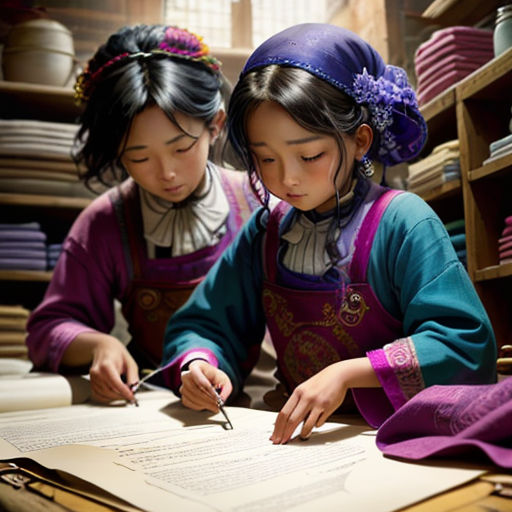
The tailors set up their looms and pretended to work with invisible threads. They spun tales of the marvelous fabric they were weaving, describing its brilliant colors and intricate patterns.
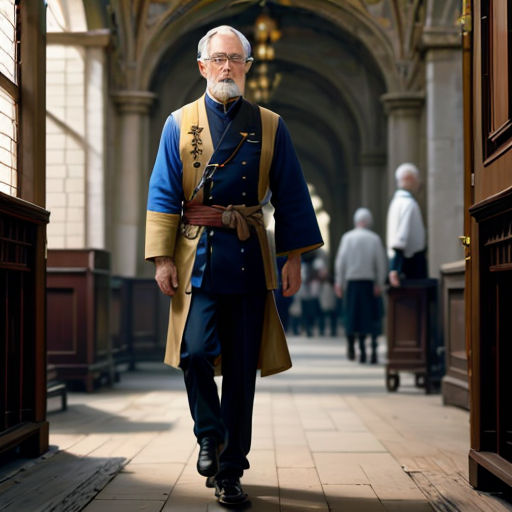
The emperor sent his most trusted advisor to inspect the progress. The advisor, unable to see the fabric, felt too embarrassed to admit it, fearing that he would be deemed incompetent.
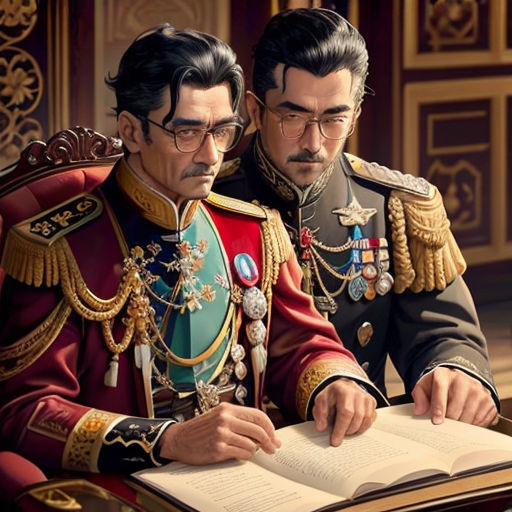
He returned to the emperor and reported that the fabric was indeed magnificent and unlike anything he had ever seen. The emperor was delighted to hear this, his anticipation growing.
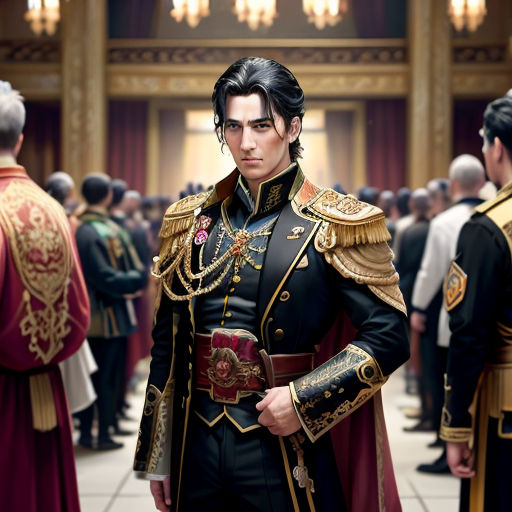
Word spread across the kingdom about the emperor's new clothes. The citizens eagerly awaited the day when they would witness their leader in his magnificent new attire.
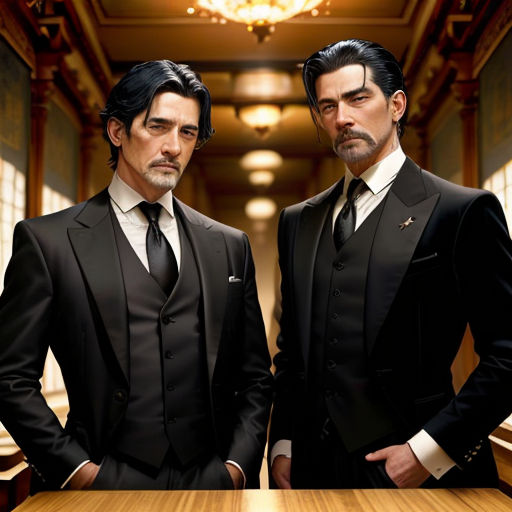
At last, the day came when the tailors presented the emperor with his new clothes. They performed an elaborate show of dressing him up in the 'invisible' garments.
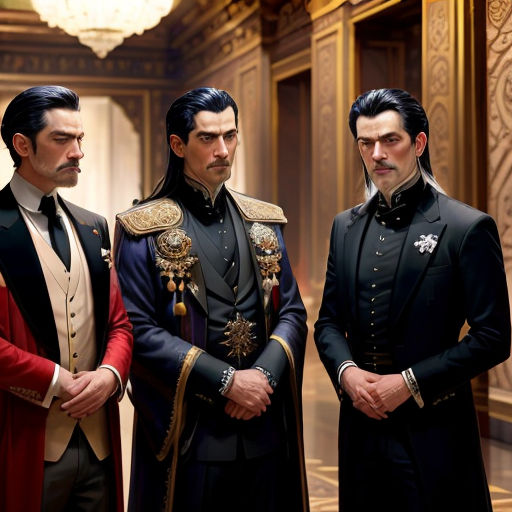
The emperor, unable to see the clothes, didn't dare to admit it. He praised the tailors for their exceptional work and rewarded them handsomely.
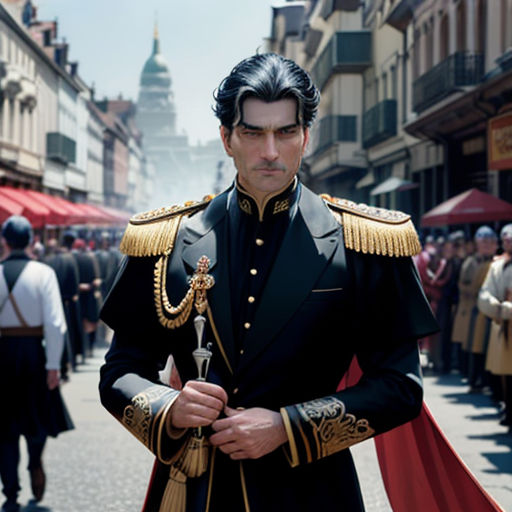
The next day, the emperor decided to parade through the streets of his kingdom in his new attire. A grand procession was arranged, with the emperor at the forefront, basking in the admiration of his subjects.
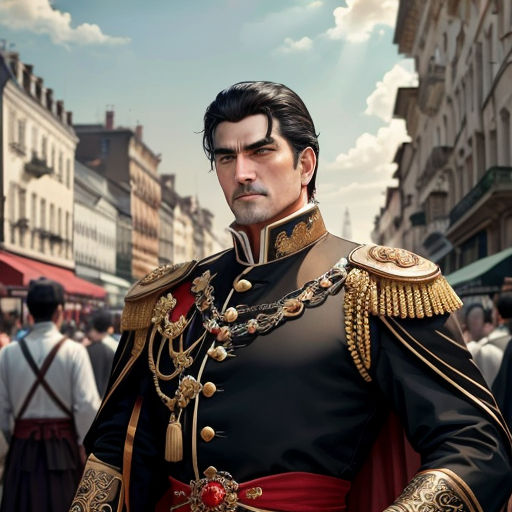
The citizens, too, played along, afraid to admit that they couldn't see the emperor's clothes. They showered him with compliments, further inflating his ego.
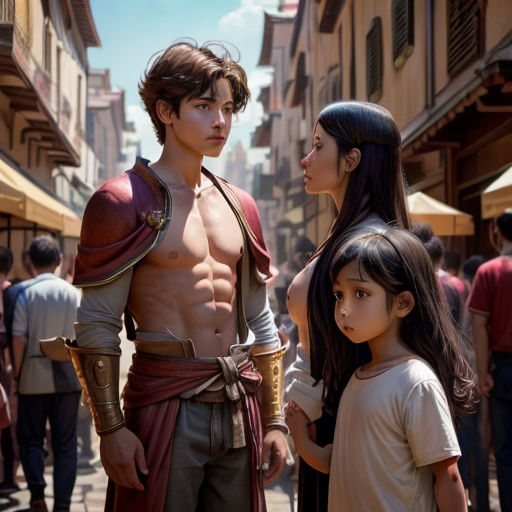
Among the crowd, a small child stepped forward. He looked at the emperor, puzzled, then turned to his mother and asked loudly, "Why is the emperor not wearing any clothes?"

The crowd fell silent, taken aback by the child's innocent question. Whispers began to spread among the people, their illusion shattered by the simple observation of a child.

The emperor, taken by surprise, felt a wave of embarrassment wash over him. But he decided to continue the procession, maintaining his facade of confidence.

The tailors, who had stayed to watch the procession, quickly realized that their trick had been exposed. They hurriedly packed their belongings and slipped away before anyone could confront them.
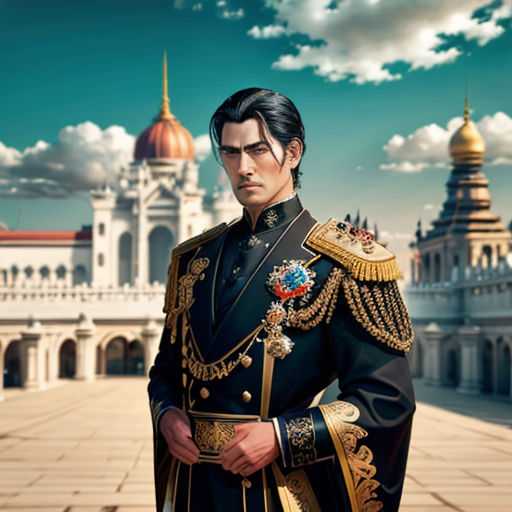
The emperor returned to his palace, deeply humiliated. He had learned a valuable lesson about vanity and deceit. From that day forward, he became a more humble and wise ruler.

As for the child, he became a hero in his own right. His innocent honesty had revealed the truth and saved the kingdom from further deception.
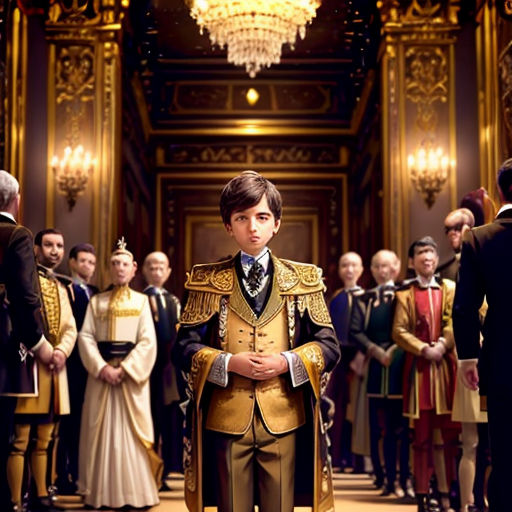
The tale of the emperor's new clothes became a legend in the kingdom, a reminder for all to speak the truth, even when it's uncomfortable, and to not let vanity cloud their judgment.
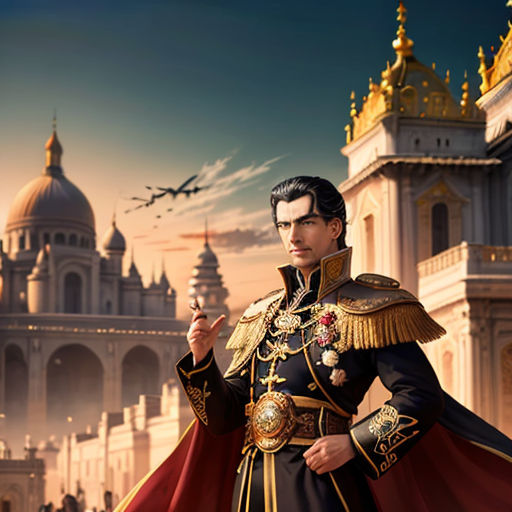
The kingdom flourished under the emperor's wise rule, and the citizens lived happily ever after. The story of the emperor's new clothes was passed down from generation to generation, as a symbol of truth and wisdom.
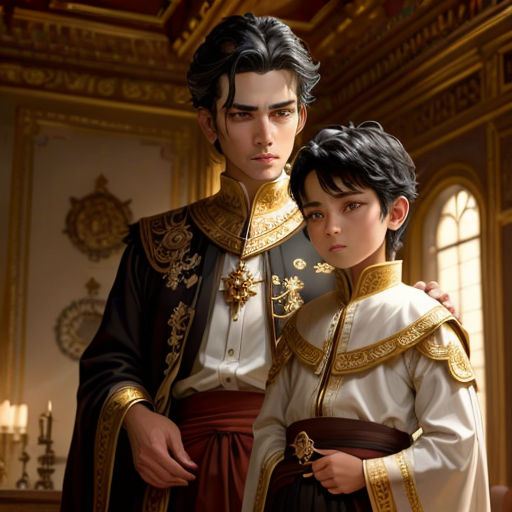
And so it was, in a kingdom far, far away, a vain emperor learned a lesson in humility, thanks to the honesty of a small child. For it is often in the simplest of truths, that the greatest wisdom lies.